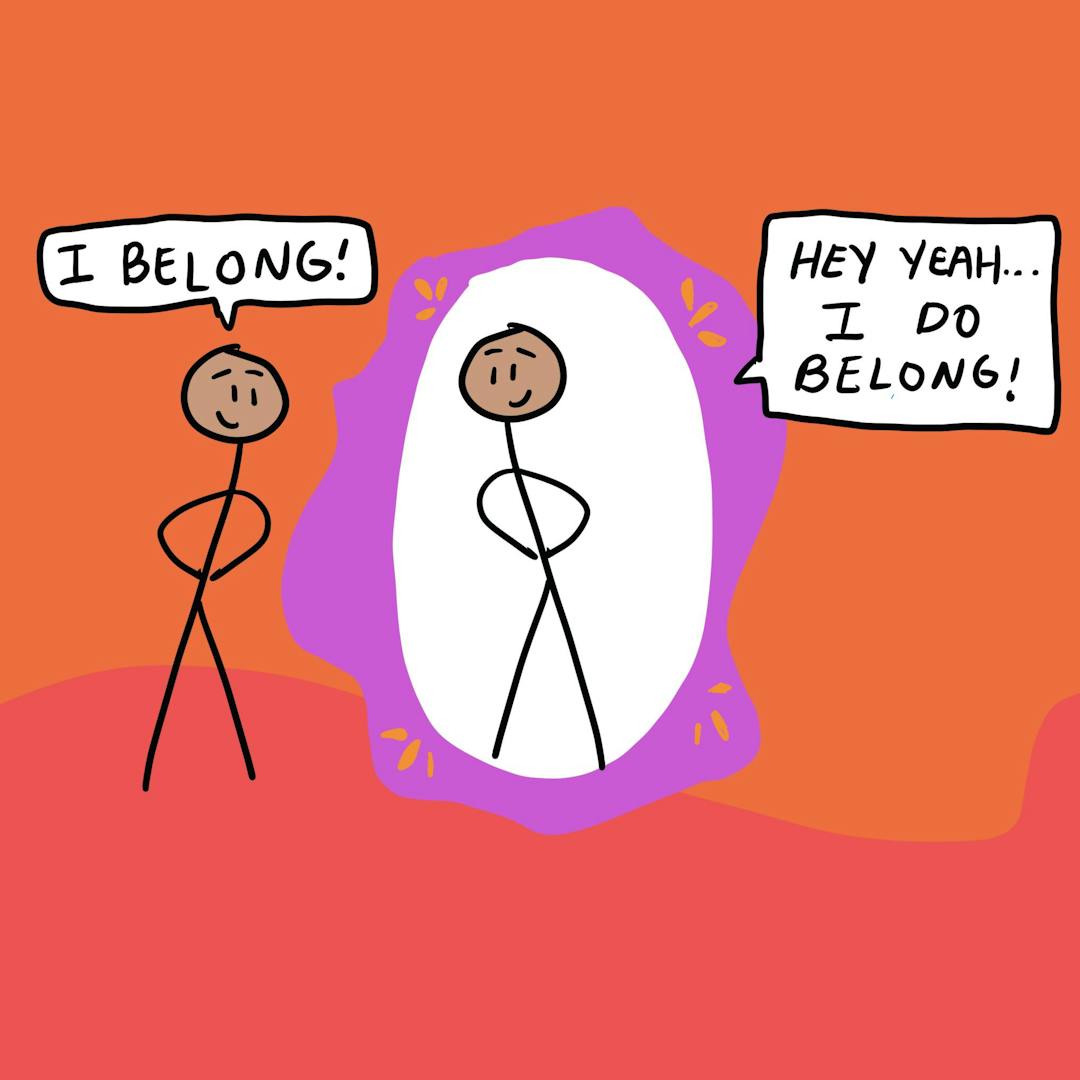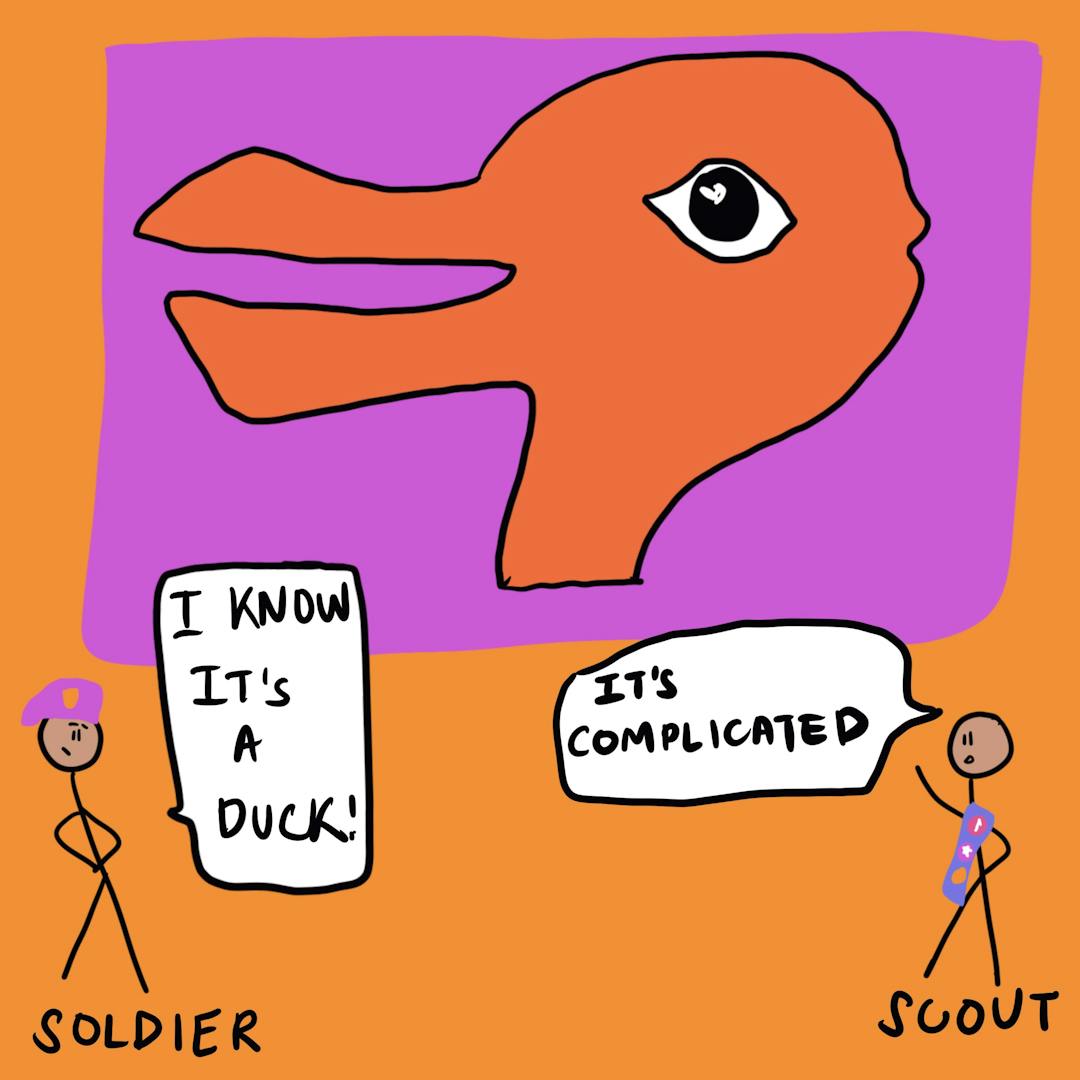Human-Centered Design And Behavioral Science: Chris Larkin
I guess what we’re talking about is a need for systems change ultimately or systems-level thinking and change. And I think human-centered design has classically been focused around, well, let’s start with the user, let’s really look at what is going on with them, their desire, and then understand what could be feasible or viable as a solution. I think as we look at these bigger complex problems with quite a large degree of change, that’s going to involve a lot of stakeholders as needed. I think there’s a really interesting space for human-centered design in that leveraging frameworks from maybe more academic type system thinking as well.
Intro
In today’s episode of The Decision Corner, we are joined by Chris Larkin, the senior director of impact at IDEO.org. At IDEO, Chris works with design teams to integrate systems thinking, social and behavior change frameworks, and measurement in the creative design process. She has a long track record of impact in social and international development. She has worked at companies such as Girl Effect and BBC Media Action to pursue creative and effective strategies to engineer behavioral change.
Chris holds an MSc in Occupational and Organisational Psychology and a Bachelor’s in Applied Psychology. She has worked extensively in East Africa and has lived in Dublin, London, Yangon, and New York.
In this episode, we discuss:
- Human-centered design: what it is, where it is applied, and who benefits from its implementation
- Mental strategies for organizational behavior
- The surprising ways that design experience manifests itself in a team context
- The factors holding people back from achieving goals like financial stability
- Process vs product
- IDEO’s successful work in reproductive health





